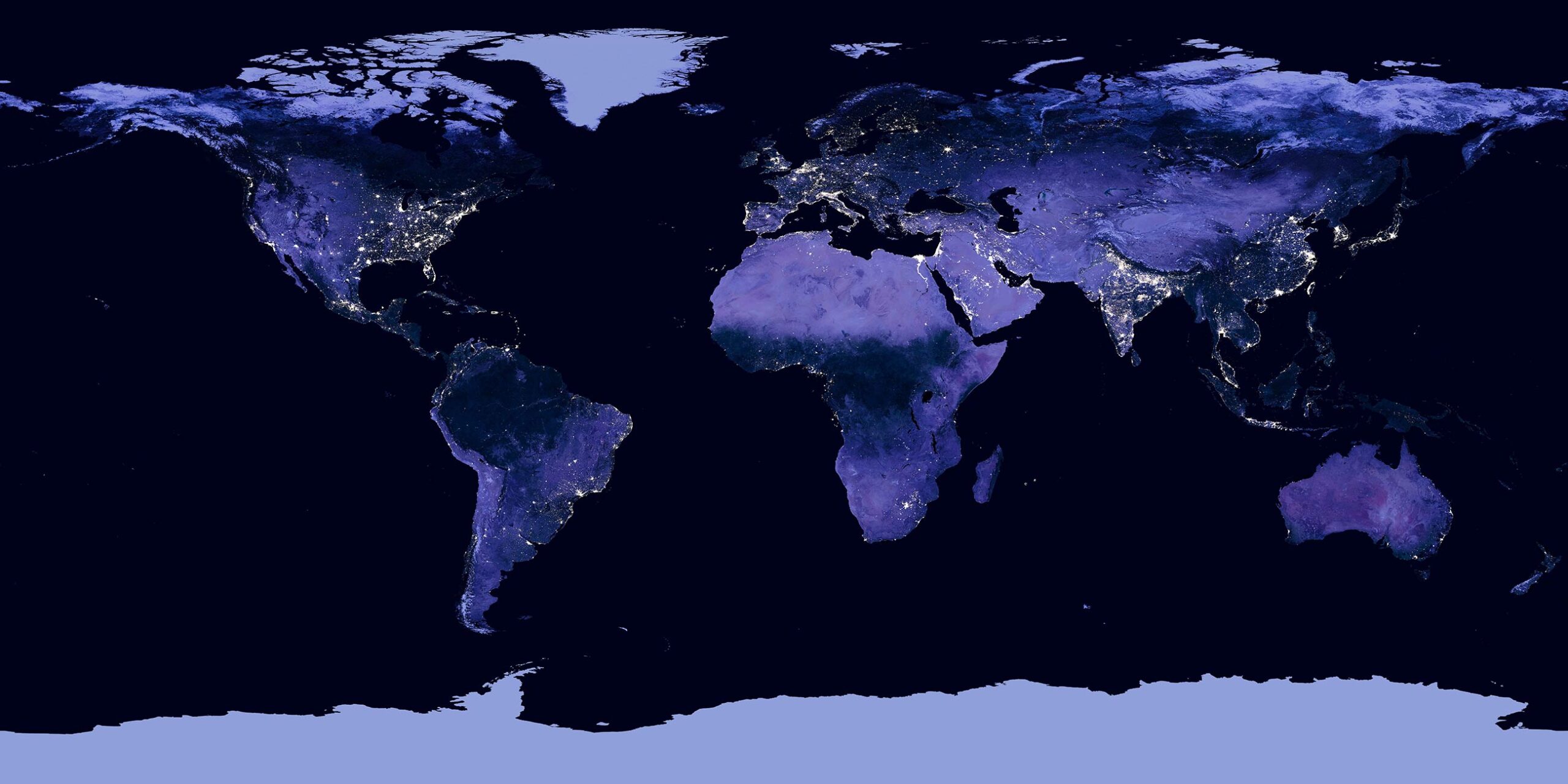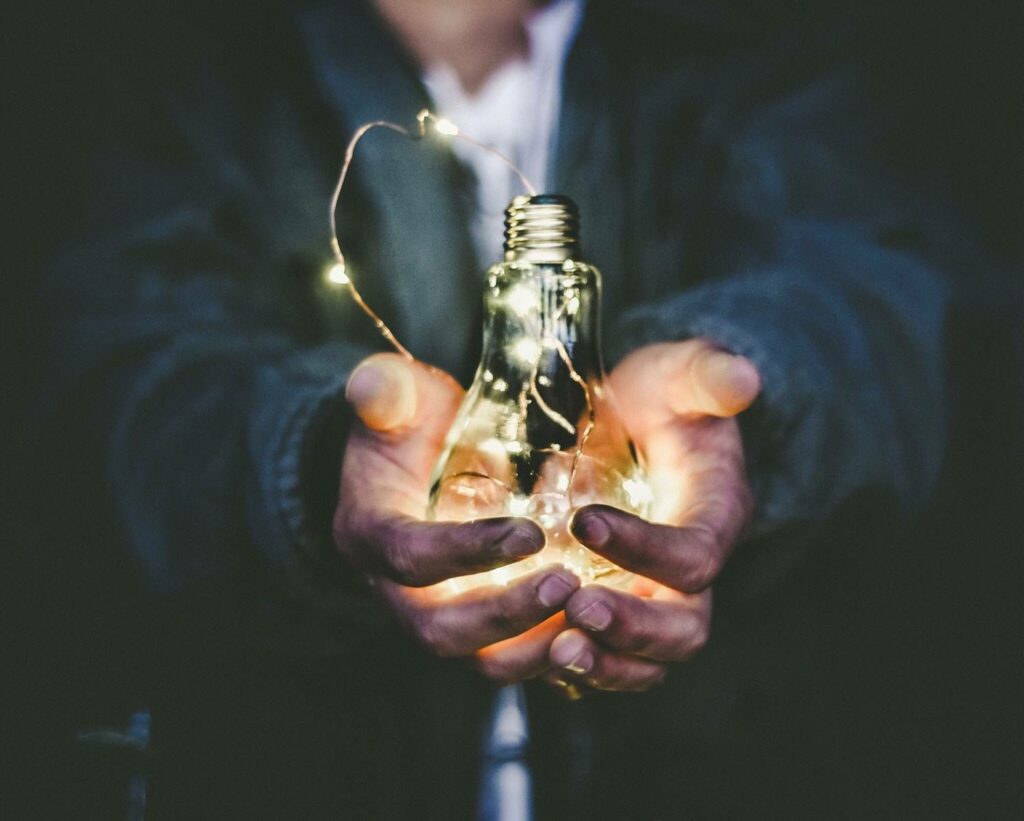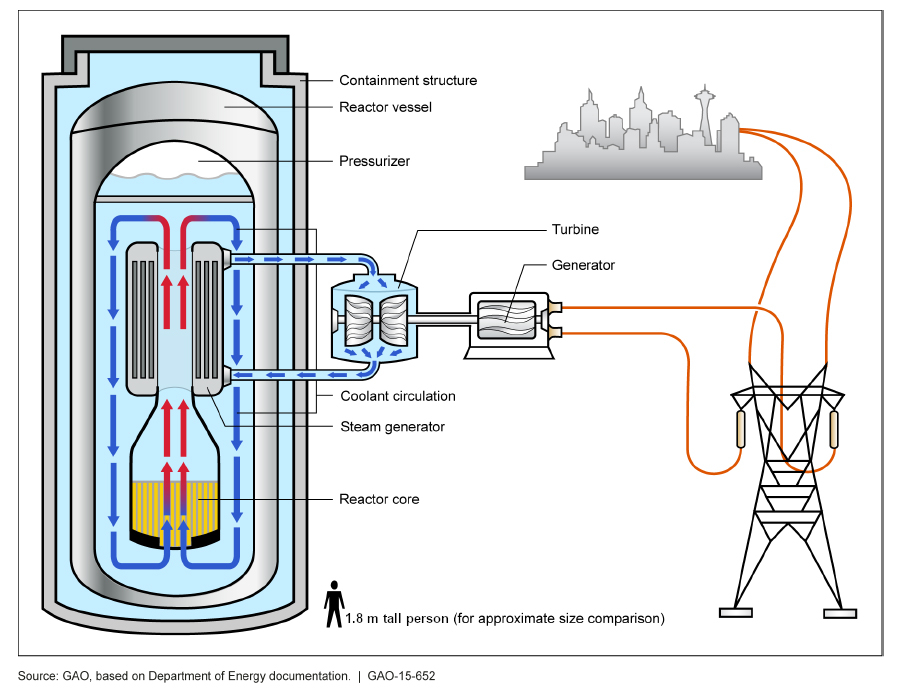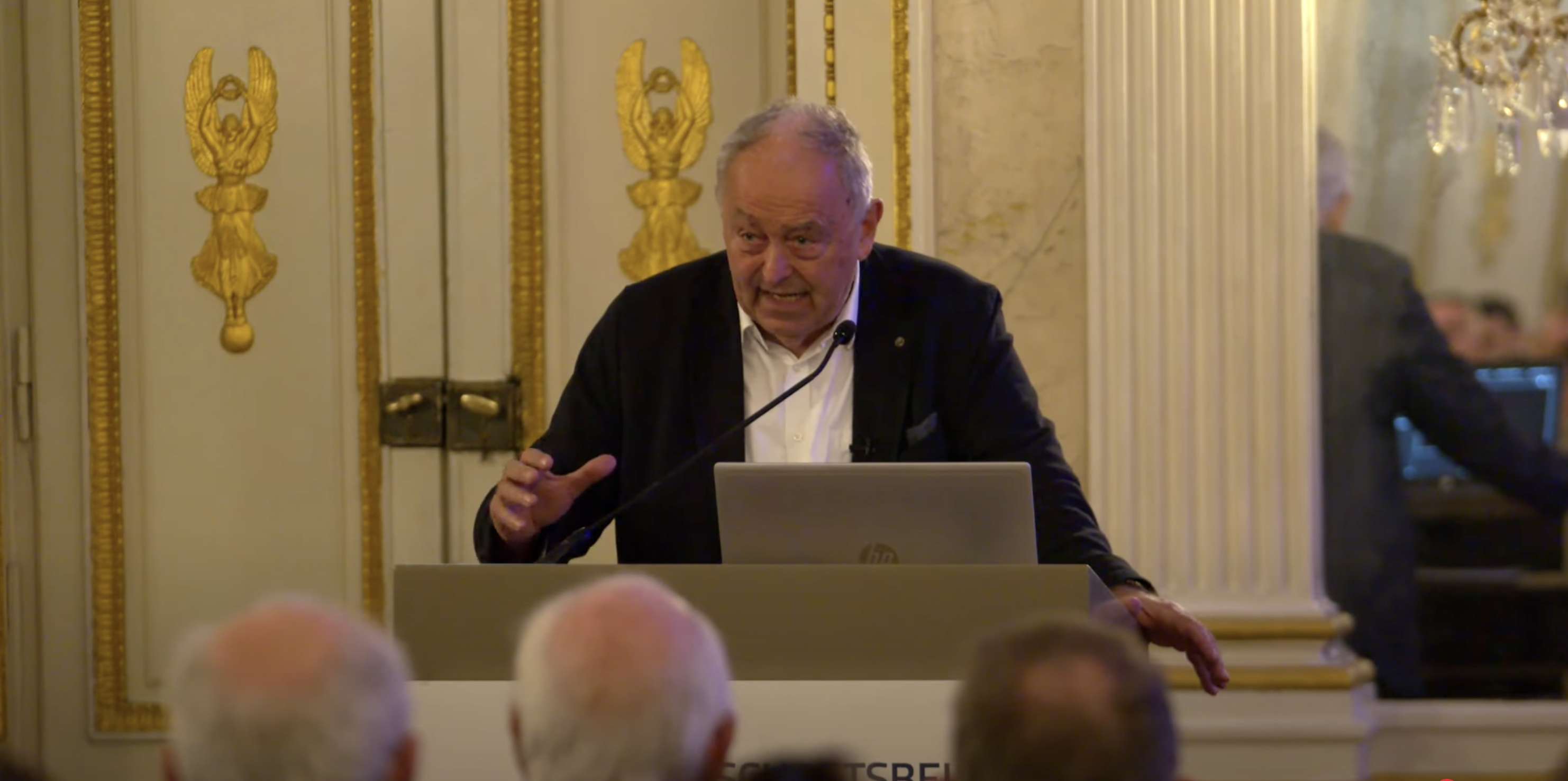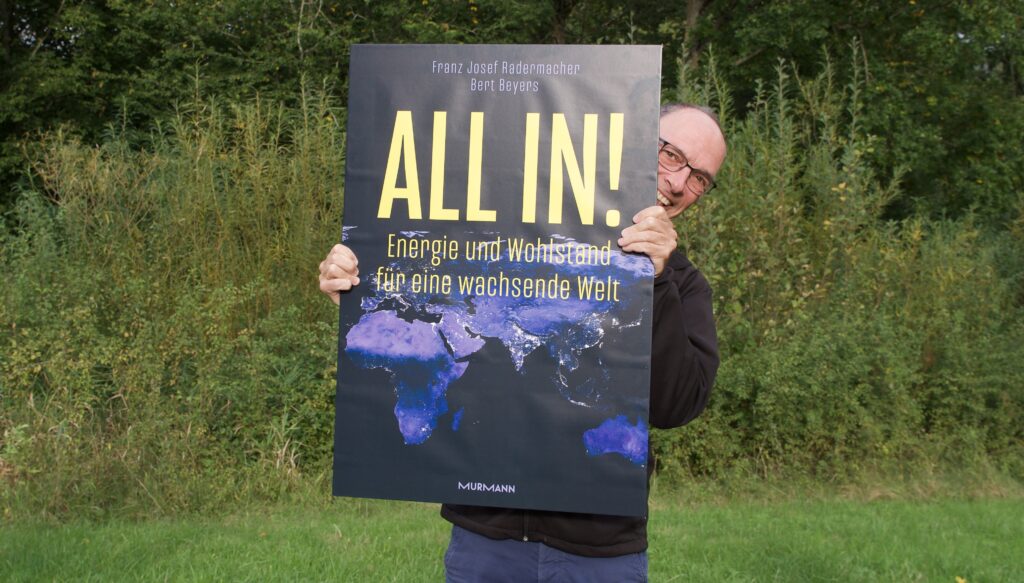In the short news, news of the last few weeks is picked up which, from GES’ point of view,
give hope, because they contain building blocks of a possible global solution and / or
contribute to developing a realistic view of the challenges ahead, which is a prerequisite for finding a solution.
In the Canadian province of Alberta, a multi-billion dollar investment in blue hydrogen is planned. In Edmonton, hydrogen is to be produced from natural gas. More than 95 per cent of the hydrogen produced during steam reforming is to be captured and stored underground. The company Air Product wants to produce 1,500 tonnes of blue hydrogen per day. The plant is scheduled to go into operation in 2024.
The IEA has published a study on the reduction of methane emissions. According to it, 70 per cent of the emissions come from the oil and gas sector. About half of these could be avoided without further costs. The proceeds from the sale of the gas would be higher than the costs of avoidance. From GES’ point of view, this is an important finding, because we consider the path to climate-neutral hydrogen via natural gas to be indispensable. In this context, of course, the problems that exist today in this context must be solved, e.g. the so-called methane slip, i.e. the leakage of the climate-damaging gas from plants and pipelines into the atmosphere.
Europe’s dependence on energy imports continues to grow. According to a report by the EU Commission, net imports rose to 60.9 per cent in 2019. This compares to 58.2 per cent in 2018 and only 56 per cent in 2000. These figures underline once again that the European energy self-sufficiency called for by more than a few voices is an unrealistic scenario.
The electricityMap visualises the current daily electricity mix and thus the CO2 emissions caused by the electricity generation of various countries. Germany, for example, is in the middle of the pack, France is better off in terms of the CO2 intensity of electricity production – mainly because of the high proportion of nuclear power.
